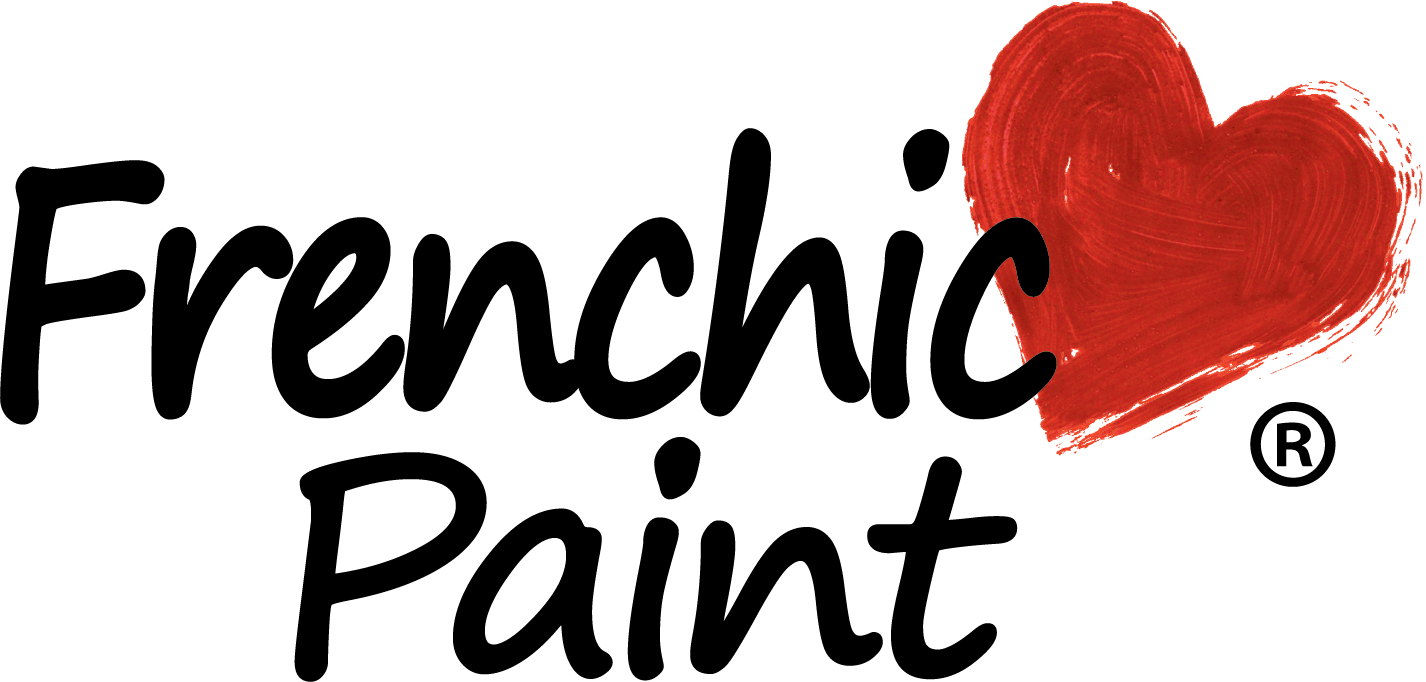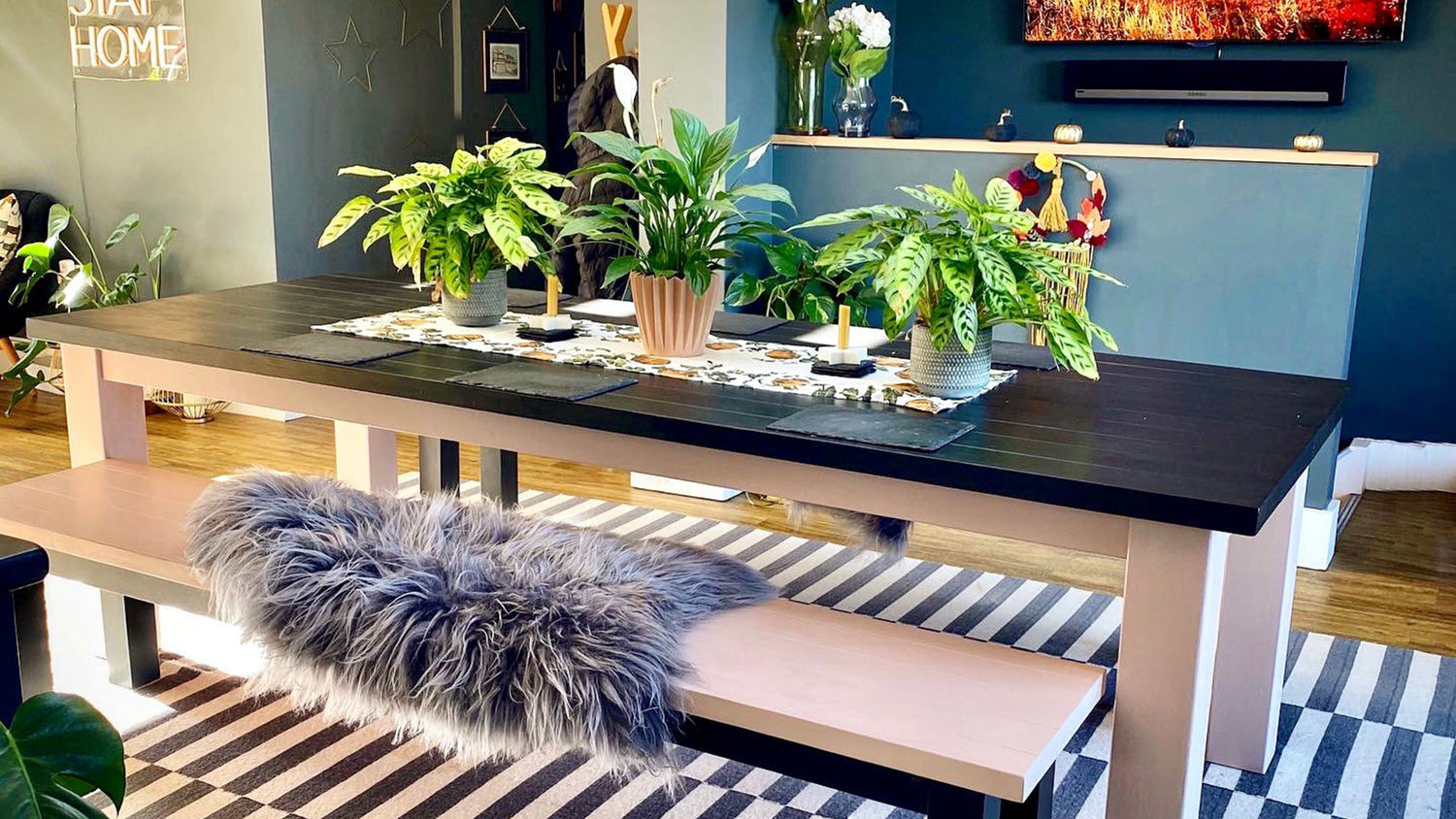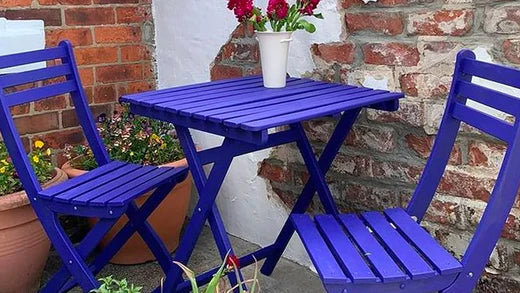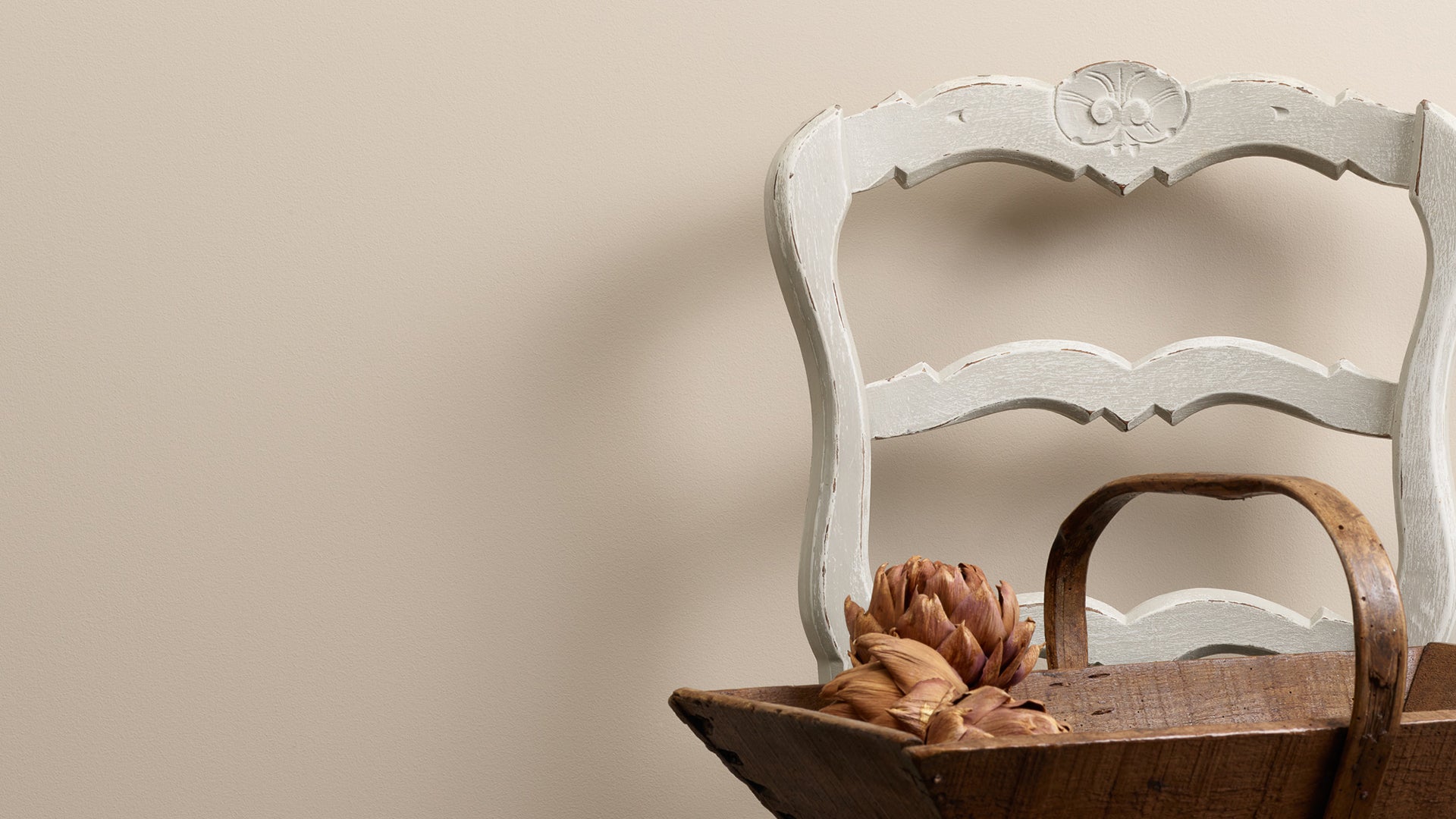Dining tables are the focal point of countless dining rooms and kitchens – in terms of both appearance and function. As such, it’s no surprise that so many people want to spruce theirs up with a lick of paint. The good news is that it’s perfectly possible. However, there are a few things to consider if you want a successful outcome.
In this post, we’ll outline three things to note when painting your dining table, the best type of paint to use, and how to master preparation, application and aftercare.
3 things to note when painting your dining table
1. Save yourself a job in the future
It’s worth bearing in mind that heat, moisture and physical trauma can damage any surface, including a painted one. Quite often, the reason for painting a table is because it has become marked, worn or damaged due to those factors above.
That includes the table you’ve just painted to get rid of its damaged appearance. So, without sounding like someone’s parents, the best advice is to use mats and coasters if you want to avoid continuous repainting.
2. Sanding is an option
It's also worth considering sanding as an alternative. If your table is going to be subjected to heavy use, you could consider painting the legs and sanding back the top to leave the wood visible. Of course, certain woods work better than others. Solid woods are best, while veneer is less practical. Soft woods, particularly pine, lend themselves well to this. Exotic woods and teak are generally less suitable.
To achieve this, you’d need to sand off any previous coating completely, before finishing with a tough top coat for ease of maintenance. You can then live with the worn look as time goes by, refreshing the top coat with a quick sand when necessary, which is less laborious than repainting.
3. Focus on the top
When people ask how to paint a dining table, nine times out of 10, they’re concerned about the tabletop. This is the more problematic part of painting your table, due to wear and tear.
While legs and frames don’t generally need to stand up to much abuse, the tabletop is subject to heat, moisture and scratches. The flat surface also means that spillages can stay in place, giving them more time to damage or stain the surface, compared to the rest of the table where it can run off.
So, with that in mind, which kind of paint is best for your tabletop?
Choosing the right paint
With all of the factors mentioned above, it goes without saying that you need a tough, durable finish for your tabletop. As such, it’s worth seeking out a high-quality furniture paint, as they are formulated to withstand wear and tear.
Another top tip is to choose a self-priming and self-sealing paint. Doing so will save you time and money, as you don’t need to purchase separate primers – and you don’t need to spend more of your time applying those extra coats.
Frenchic’s Al Fresco and Lazy Range are perfect options for both your tabletop and the legs or frame. As self-priming and self-sealing paints formulated specifically for furniture, they combine the requirements above for a beautiful, long-lasting finish with minimal preparation and aftercare – which brings us onto…
How do you prepare your dining table for painting?
With the fast pace and instant gratification of modern life, everyone seems to be looking for a hack these days. However, it’s never a good idea to skip basic preparation before you start applying your chosen paint.
To make sure your dining table is in a good condition for painting, clean the surface thoroughly using a basic Sugar Soap mixture of one part sugar soap to 10 parts warm water. Wipe off, then dry before sanding the surface using a fine or medium grade sanding block. This will provide a ‘key’ to maximise the paint’s ability to grip the surface.
You don’t need to remove the old finish completely, unless it’s waxed or oiled. Some mid-century tables are oiled, so it’s worth watching out for.
How to paint a dining table
First and foremost, always apply your chosen paint according to the instructions on the tin. That means leaving enough time between coats to help the paint perform at its best, as well as applying enough paint based on the recommended coverage. Thin application can result in a less durable finish, while too much paint can result in uneven coverage and drying, as well as drag marks.
How you actually apply the paint is down to personal preference. Both good quality brushes and small rollers are good options. However, experience is arguably the most important factor if you want to achieve a smooth, even finish on a large flat surface like a tabletop. So, it may be worth having a practice on something else to hone your technique.
Protection and aftercare
After painting, you might want to add extra protection to your dining table. Given the challenging factors we mentioned earlier, that’s not a bad choice at all – especially for the top. Some top coats provide additional resistance to heat specifically, for instance, which is particularly useful for tabletops.
Consider how your top coat will affect the finish of your dining table too, depending on whether it’s matte, satin or something else entirely. Check the finishes on offer and choose one that suits your table. Frenchic’s Tuff Top Coat provides added heat resistance with a flat matte finish, while our Finishing Coat offers general protection with a soft sheen.
Once paint and any protection are applied, remember that all paint needs time to cure. This hardening process can take up to 3 weeks, so try to treat the surface gently after painting.
You’ll also want to consider how best to clean the surface for a long-lasting finish. Repeated use of harsh cleaning products can damage coated surfaces like varnish, paint and wax over time. So, it’s best to use them sparingly. Warm, soapy water and a soft cloth are preferable for most cleans.
Paint your dining table with ease
Whether you’re giving an old table a new lease of life or just changing up your colour scheme, Frenchic’s top-quality chalk furniture paints can help you achieve the best results. Browse our Al Fresco and Lazy Range today for a choice of stunning colours with self-sealing and self-priming qualities.








